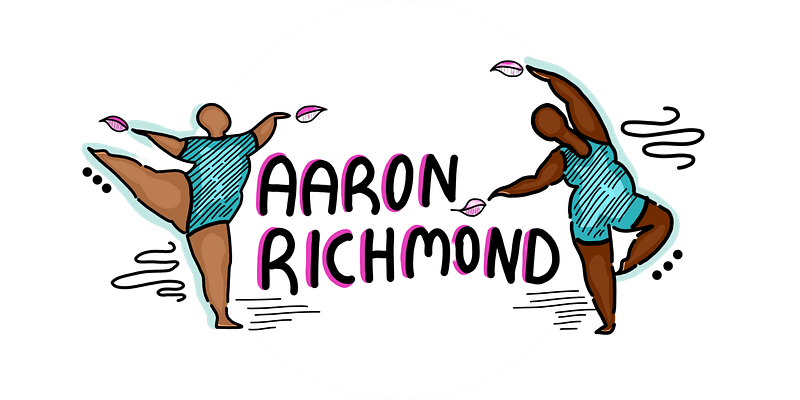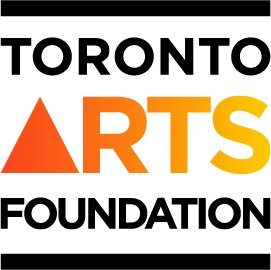Harnessing the power of research to learn and generate new insights, enabling the arts community to be strategic, focused and adaptive.
Harnessing the power of research to learn and generate new insights, enabling the arts community to be strategic, focused and adaptive.


Introducing Access in Counterpoint by Aaron Richmond (McGill University), a qualitative arts framework that explores the dimensions of accessibility by measuring the impact of making dance accessible to people with blindness and low vision. This framework examines similarities and differences in the language used to describe projects, ambitions and creative approaches to making dance accessible in blind and low vision communities.
What follows is the result of research which followed multiple creative initiatives aimed at making dance accessible for people with visual impairment. While considering the creative process and language used by each of these initiatives, I asked: How does the exploration of dance beyond the visual enable a rethinking of accessibility beyond its strictly logistical dimensions?
On the Research in Residence webpage, find a rundown of Aaron’s approach at the inception of the project, as well as more information on his collaborators.











You have successfully joined our subscriber list.
Copyright © 2025 Mass Culture | Mobilisation culturelle